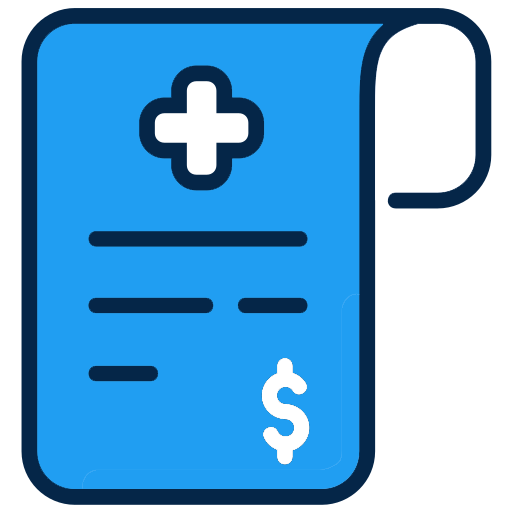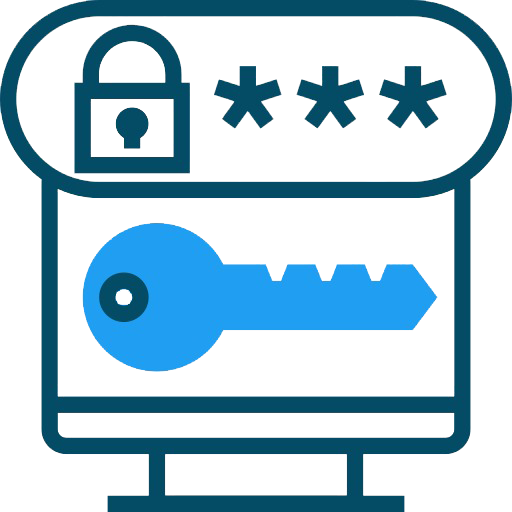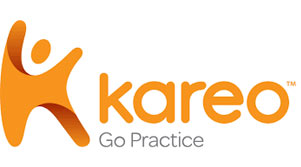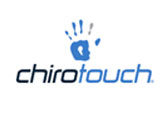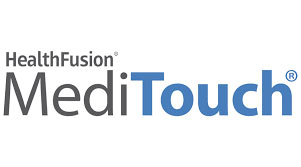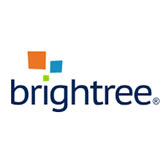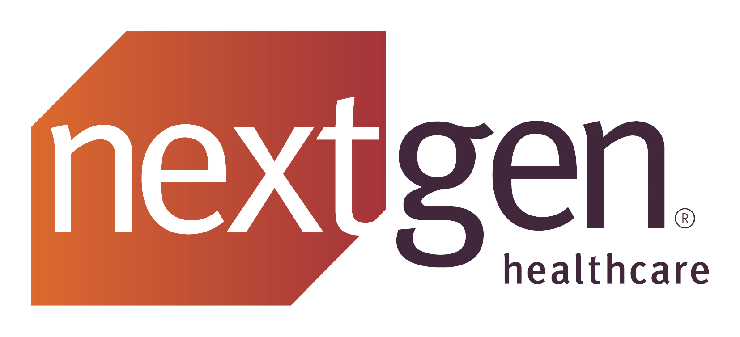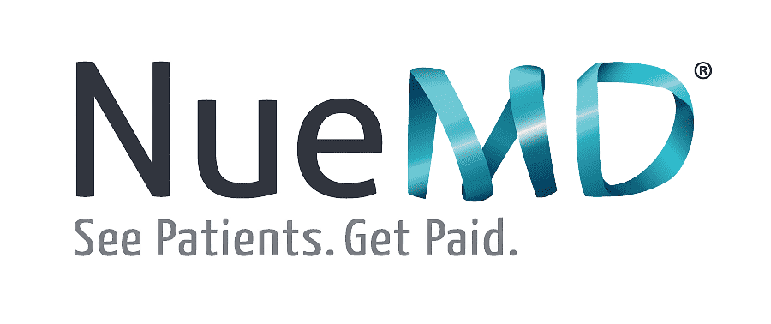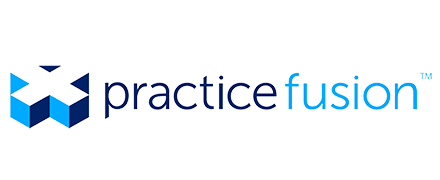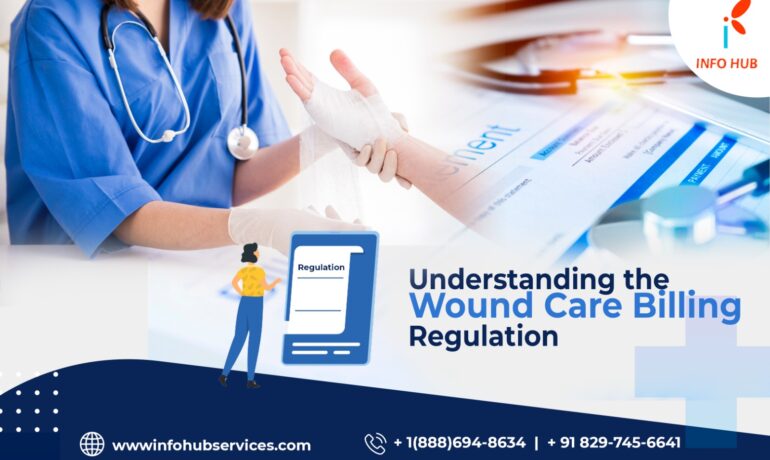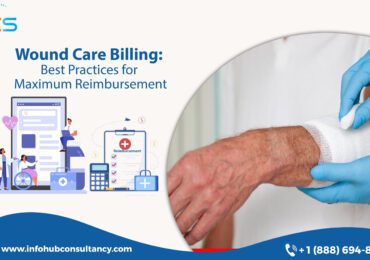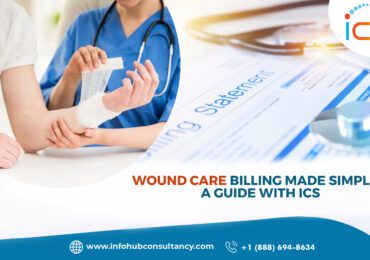Wound care coding and billing for practises is becoming an arduous process due to the growing number of patients. The greatest option for quality assurance measures and for the best reimbursements is to offshore your wound care billing and coding. It is important to understand the billing regulations to ensure flawless billing of the treatment accorded so as to get timely and full reimbursement.
What Entails Wound Care Billing?
1. Detailed description of the wound
It is essential to give a thorough description of the wound, detailing its size, appearance, whether an infection exists, and any underlying medical conditions.
2. Description of the Treatment
It is necessary to describe the debridement technique and give a thorough account of each tissue layer that was affected by the treatment.
3. Accurate Information
The documentation offered should be accurate in detailing the handling of the tissues.
4. Step-by-Step Summary
It is also crucial to provide information about any additional new medical procedures, such as biopsy, podiatric consultation, or vascular interventions, as well as a detailed description and recording of the recovery process.
Billing Guidelines for Wound Care
Read on for some important billing guidelines for wound care –
- When medically justified and required, usually bill CPT 97597 and/or CPT 97598 for recurring wound debridement. Wet-to-dry dressings, the administration of drugs containing enzymes to disintegrate dead tissue, whirlpool baths, the scraping away of tissue with sharp instruments, incision, and drainage are all examples of procedures that fall under the purview of CPT codes 97597 and 97598. Only the dermis and epidermis are affected by these codes.
- CPT codes 11042–11047 are used to charge for wound debridement procedures completed prior to topical or local anaesthetic administration. Debridement of wounds (11042-11047) are quantified by the depth of tissue removed and the size of the wound’s surface. Record depth with the deepest level of tissue eliminated while debriding a single incision.
- The cost of topical anaesthetic or localized infusion, such as a metatarsal/digital block, is covered by the payment for cleaning services and is not paid separately. It is not necessary to make a separate payment for anaesthesia given by the practitioner carrying out the debridement treatment.
- The CPT codes 11042-11047 should not be used for procedures like clearing away fungal debris from lesions, trimming or cleaning of nails, avulsion of nail plates, wart removal operations, incision and drainage of abscesses, including paronychia, or debridement of burns. When these procedures are considered to be covered, reasonable, and required services, providers should record them using the CPT codes that correspond to the services they provided.
Know the Wound Care Billing Challenges
Just like any other billing and coding, wound care billing has its own set of challenges that impact revenue collections and the overall profits of the practice. It is crucial that you are aware of the challenges in order to bill clean claims for full reimbursement.
▪️ It is critical to comprehend the guidelines by which you use that code because the codes by themselves do not establish the procedure coverage.
▪️ One of the most frequent mistakes is failing to take into account additional codes for genuine codes, such as the proportions of the debrided area.
It can be challenging to appropriately describe non-selective and selective debridement sites for wound care coding.
▪️ Reporting the wound dressing separately rather than as part of the E/M service.
▪️ It is necessary to thoroughly review the patient’s medical records in cases of chronic diseases, including the list of treatments provided, follow-ups, images documenting the wound’s progress, etc.
Most often, physicians don’t properly describe the specifics of the wound, which is important for choosing the correct diagnosis code.
Outsource Wound Care Billing and Reap Profits
Through outsourcing, you can make sure that the medical billing procedure is current and error-free. Also, it reduces overhead expenses, increases pay-out, and decreases claim rejections and denials. As time goes on, you can observe an increase in claim reimbursements and a decrease in your account receivables, allowing you to more easily concentrate on your primary duty of providing patient care.
Info Hub Consultancy Services (ICS) is a leading offshore medical billing agency that provides complete medical billing services. By offshoring your wound care billing, you can leverage the expertise to grow your practice with reduced denials and increased revenue.

